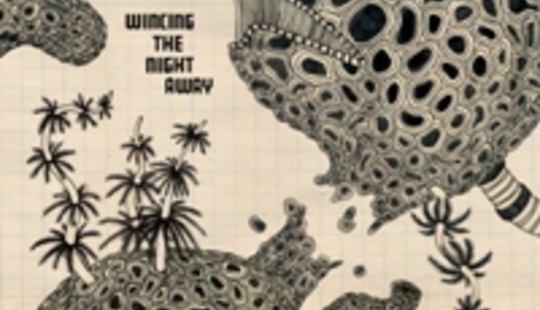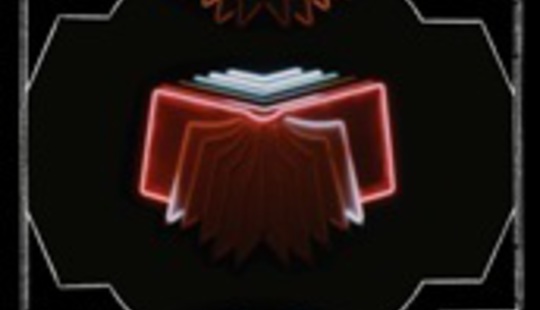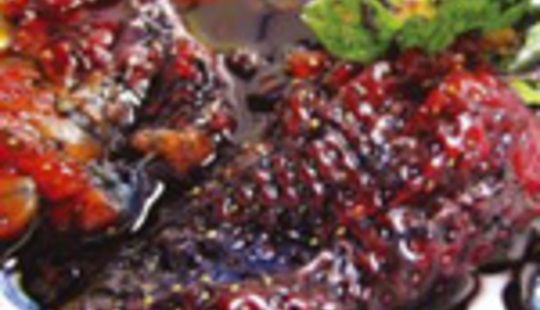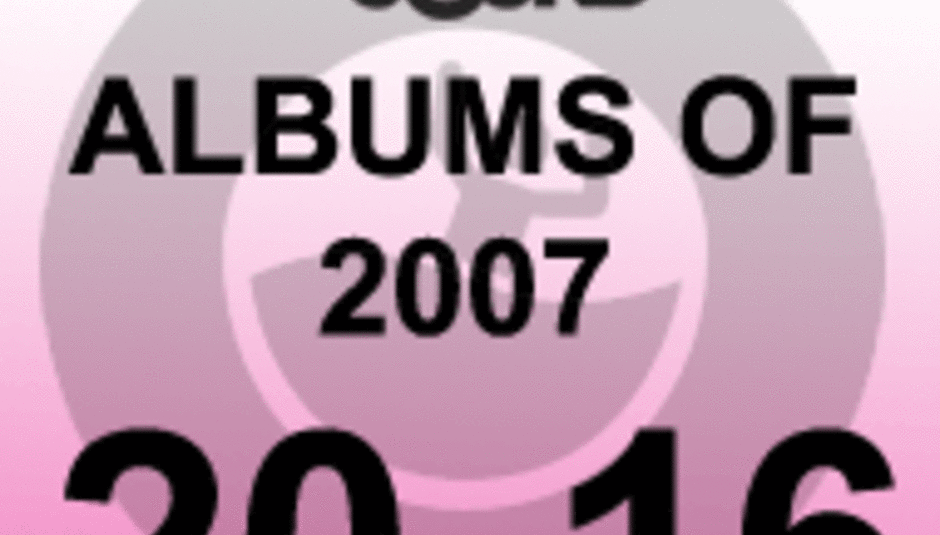Part two, and things are getting… tense?
In 25-21 (link) I ran over the how of this list – how us office-bound DiS types spent an afternoon bickering and bitching with one another until we had 50 spaces on a white board filled with 50 different band names. Apologies to the 150-or-so other acts initially nominated by our writing team that didn’t make the final shortlist – be proud to have received the seal of approval from at least one DiS scribe for your latest long-player.
You can’t, of course, please everybody with end-of-year lists like this – if you could, what would be the point? If you’re not stimulating debate – what are and what aren’t albums to be held aloft as examples of the finest available in the past twelve months – then you’re simply pandering to PR and label types, right? Not everyone in the DiS camp, even, agrees wholeheartedly with the final list, but a degree of democracy has produced an interesting result. The why, in light of other publications not ranking their best albums of the year, claiming music shouldn’t be a contest: it’s fun, simple as. Arguing about music for an afternoon – and the next afternoon, and the next afternoon – and getting paid for it? Brilliant.
Plus, by numerically ranking our albums of the year we can put the cat amongst the pigeons in a more pronounced fashion – an outsider in the ranks, something truly new nestling ‘tween albums borrowing heavily and spinning blues. Is this me telling you to expect a few surprises between now and Friday, a couple of LPs punching above their perceived weight? Yes. I guess so.
 20
20
The Shins
Wincing The Night Away (Transgressive / Sub Pop)
Indie-rock was once a niche thing, like some kinda whisky-soaked treehouse party for aging boys. Whilst some berks will bemoan this and long for those lo-fi days, for the rest of us this means bigger budgets for proper studios and the time to create huge opuses to compete with the mass-market slop. Slinking their way out of some safe elite den then, and melodiously onto radio playlists, James Mercer and company have not just achieved more of that promised slow-burn success but also made a record which is a noughties classic from the off. However, whether Wincing… is better than the brilliant previous two records is still a matter for comments below and drawn-out pub debate.
Sean Adams; review here
 19
19
Arcade Fire
Neon Bible (Sonovox)
The Montreal septet’s success with Funeral was somewhat unexpected, and with many new eyes and ears scrutinising their much-anticipated successor to the indie album of 2005 the dreaded backlash loomed large. Not to be: Neon Bible is a triumph of multi-textured songwriting, immediate and absorbing, magical and mysterious. Where Funeral was a slow-burn skin-tingler, Neon Bible is a fist-pumping celebration of explosive creativity. Becoming megastars might not have been part of the initial plan, but with staggeringly brilliant material to back up any hype it’s no surprise Arcade Fire have become one of the biggest bands in the world.
Mike Diver; review here
 18
18
Klaxons
Myths Of The Near Future (Polydor)
Ignoring the distracting and ridiculous notions of self-reared scenes and groundbreaking aesthetics that have been attached to Klaxons, and you can strip the success of the band down to their creating one of the only true crossover and breakthrough records of 2007. That it went as far as claiming the annual Mercury Prize really didn’t shock those that’d mapped their progress from the outset; Klaxons were always going to out-grow any restrictive genre shackles. Beyond a million editorial lines and genuinely sweet-looking romances, Myths Of The Near Future is a fresh, exciting and dynamic album that breathes life into the possibility of a world beyond identikit guitar hits.
Gareth Dobson; review here

17
Animal Collective
Strawberry Jam (Domino)
The manic pop yin to Panda Bear’s blessed-out yang, Strawberry Jam was Brooklyn-via-Baltimore pioneers Animal Collective’s most immediately bracing album to date. Not that they’d jumped the shark or anything; first single ‘Peacebone’ was based around bizarre ambient squiggles like solar flares warping your brain frequency and a mid-song bout of la-la-laaing that sounded like they’d invited the cast of Gremlins down the studio for the day. In ‘Fireworks’ and ‘For Reverend Green’ they delivered a pair of songs as affecting as anything they had written before; glorious reminders of why le Collectif remain one of the most important bands around today.
Alex Denney; review here
 16
16
The Maccabees
Colour It In (Fiction)
It was always going to be hard for the Maccabees. Pop, with posh names and a pronounced love for the Libertines and post-punk, they represent a recent period in British music that many are already keen to forget and whose soft-cheeked hero’s skin has hardened into scales. But the one thing the quintet had on their side was good, old English pluck – they, more than Doherty, represent a realer, more recent albion. Grabbing the baton after a minute or so of album opener ‘Good Old Bill’, Orlando, Felix, Hugo, Rupert and Robert come over a cross between the Famous Five and the best boy band in the world; as music grown only together fights for mates and distance from the melancholy nostalgia conjured in the singer’s throat. For those aged between 18 and 23, this is what it sounded like to be in the last throes of youth; in love, sorry but defiant.
Kev Kharas; review here
Tomorrow: 15-11. Remember: our reader vote continues, click here to pick your favourite albums of 2007.
















